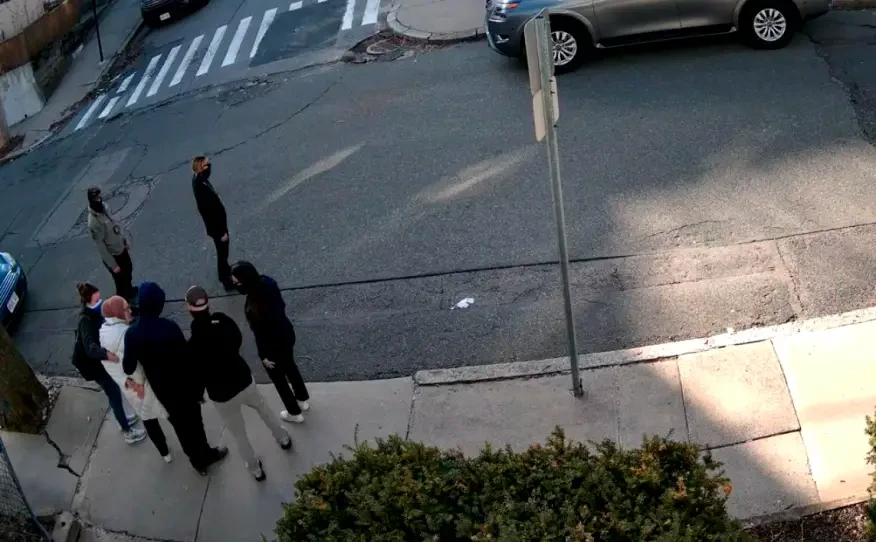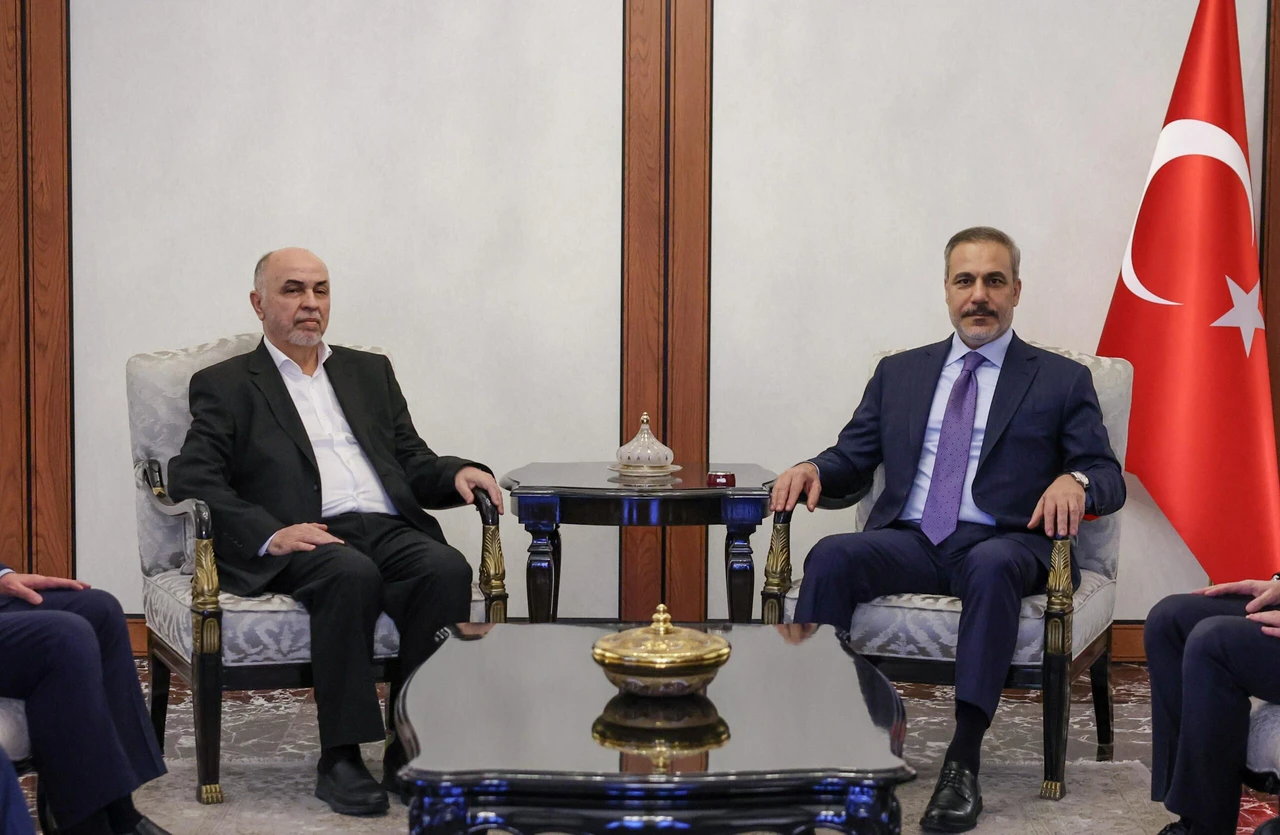Turkish bath found atop ancient Roman structure in Türkiye’s Sillyon
 An aerial view of the Ancient City of Sillyon located in Antalya's Serik district in Türkiye, September 19, 2024 (AA Photo)
An aerial view of the Ancient City of Sillyon located in Antalya's Serik district in Türkiye, September 19, 2024 (AA Photo)
Archaeologists working in Sillyon Ancient City, located in Antalya’s Serik district, have uncovered a bath that dates back to the Roman and Turkish Beyliks (or petty kingdoms) period. This remarkable find sheds light on the city’s transformation under Turkish rule and its importance in the region’s historical urban development.
The ancient city of Sillyon, situated on a high hill for protection, has been inhabited since the early 2000s BC. Its architectural remains offer a glimpse into the history of multiple civilizations, including the Roman, Byzantine, Seljuk, and Ottoman periods.
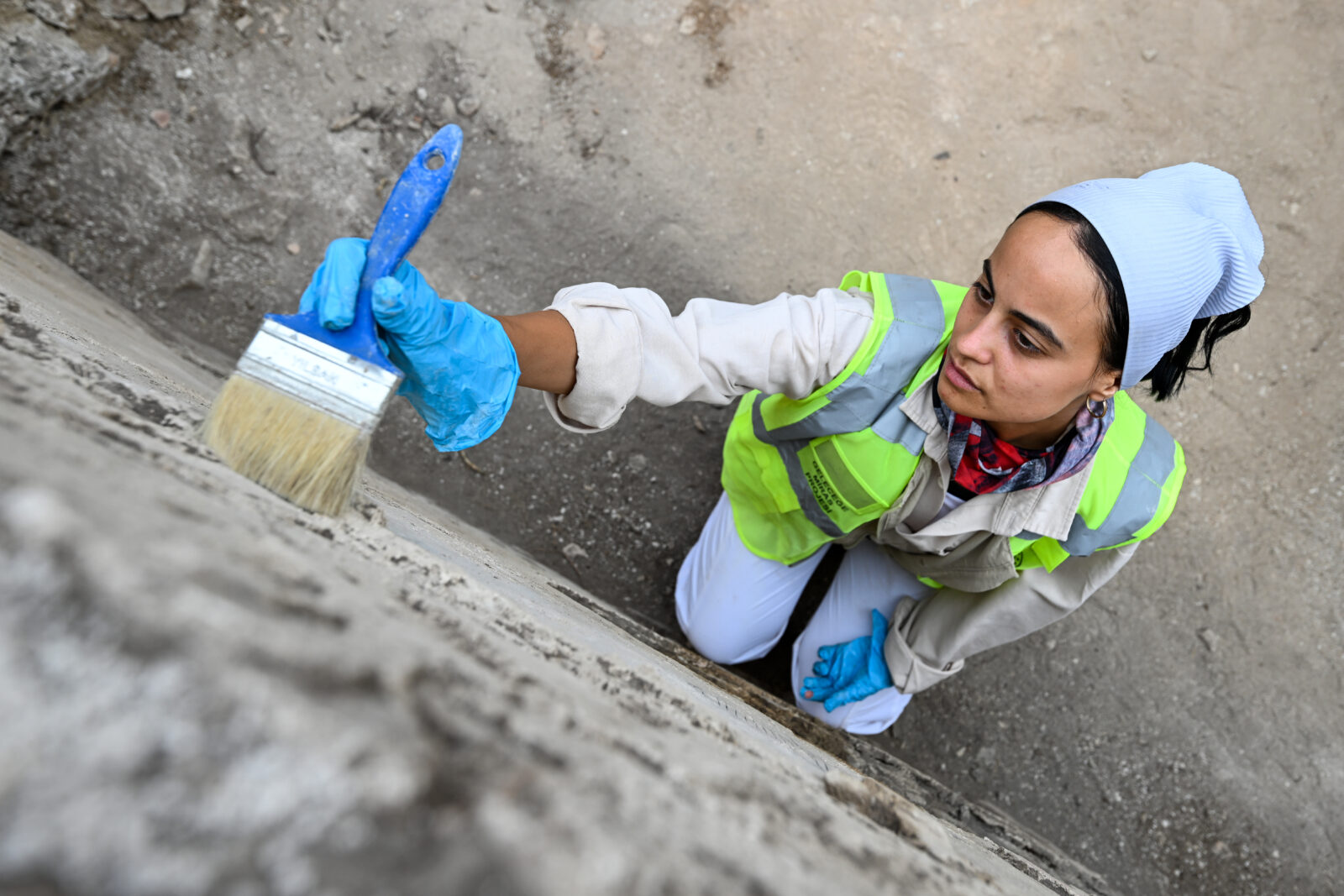
Excavations in the city have been accelerated as part of the Ministry of Culture and Tourism‘s “Legacy for the Future” (Gelecege Miras), with OPET as the primary sponsor.
Murat Taskiran, head of the Sillyon Excavation Project and a faculty member at Pamukkale University, expressed his excitement about the recent discovery: “In the area where we were investigating a Roman bathhouse from the 2nd century A.D., we unexpectedly encountered a Turkish bathhouse that we believe dates back to the 14th century. This was a huge surprise for us. It was identified as a bathhouse from the Turkish Beyliks period.”

A bathhouse from 2 eras: Roman and Turkish influences
Taskiran explained that the Roman bathhouse was originally built in the 2nd century A.D. and expanded in the 3rd century into a large complex with multiple washing rooms, pools, and courtyards. Surprisingly, another structure from the Turkish Beyliks period was found atop the Roman bath. “This discovery highlights the continuation of cultural practices, where the Turkish population made use of the existing Roman structure to build their own bathhouse,” Taskiran noted.
As Turkish dominance spread in the region, the bathhouse became part of the area’s garrison, playing a role in ensuring the security of Antalya and its surrounding territories. This find contributes significantly to our understanding of the region’s history, culture, and architecture.
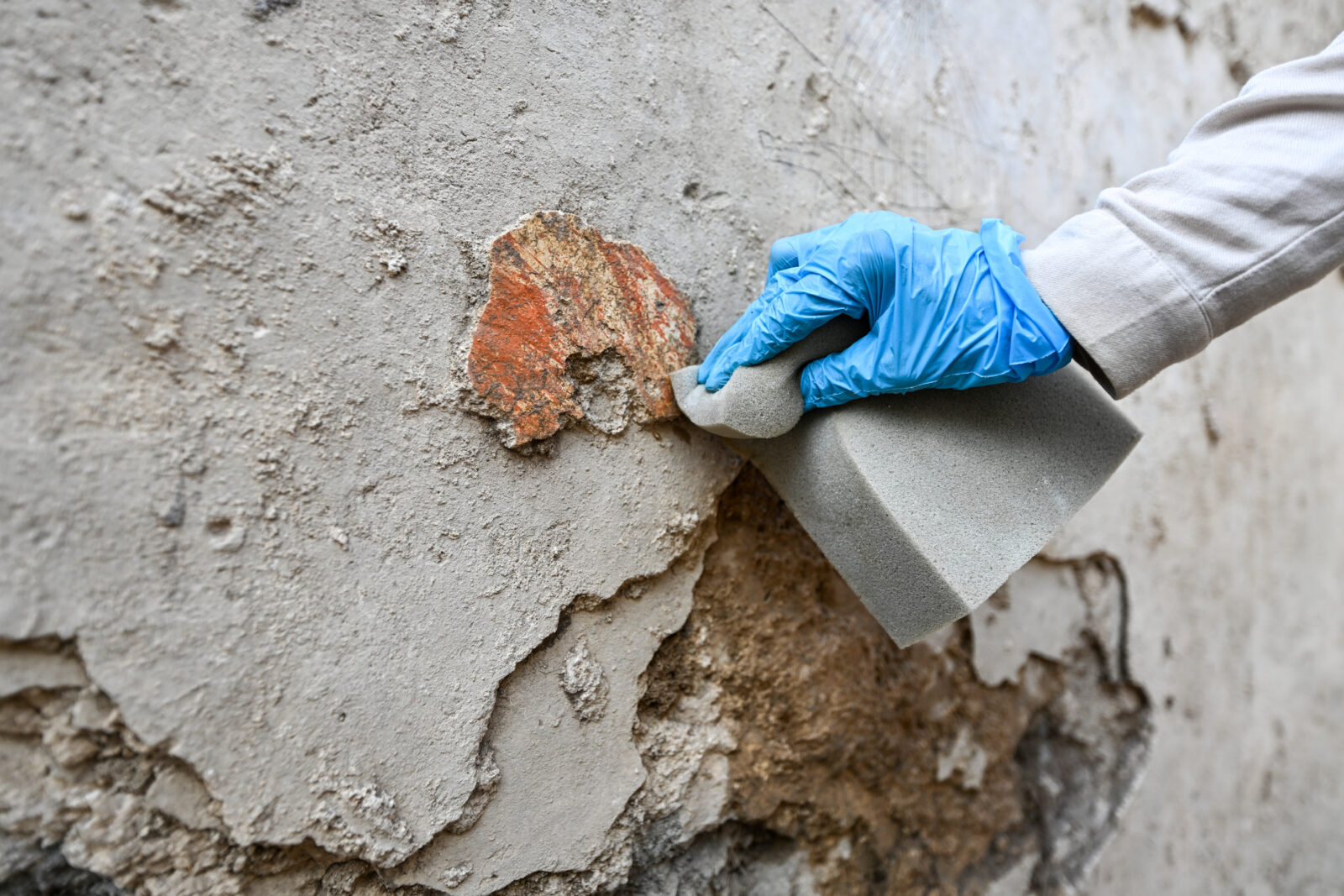
Intricate details: Art, maritime connections, and preservation
Excavations revealed an entrance corridor to the Turkish bath, followed by rooms for bathing, including cold and warm water reservoirs. “The bath was heated through an underground system that has been preserved remarkably well. The walls, coated with a thin layer of plaster, were decorated with maritime motifs, including ships, fish, and fishing nets, indicating a connection to sea trade and fishing,” Taskiran explained.
Other artifacts found in the area include coins, metal tools, ceramic items, and lamps, all dating back to the 13th and 14th centuries. The bathhouse itself is a rare example of Turkish-Islamic architecture within the context of a Roman city.
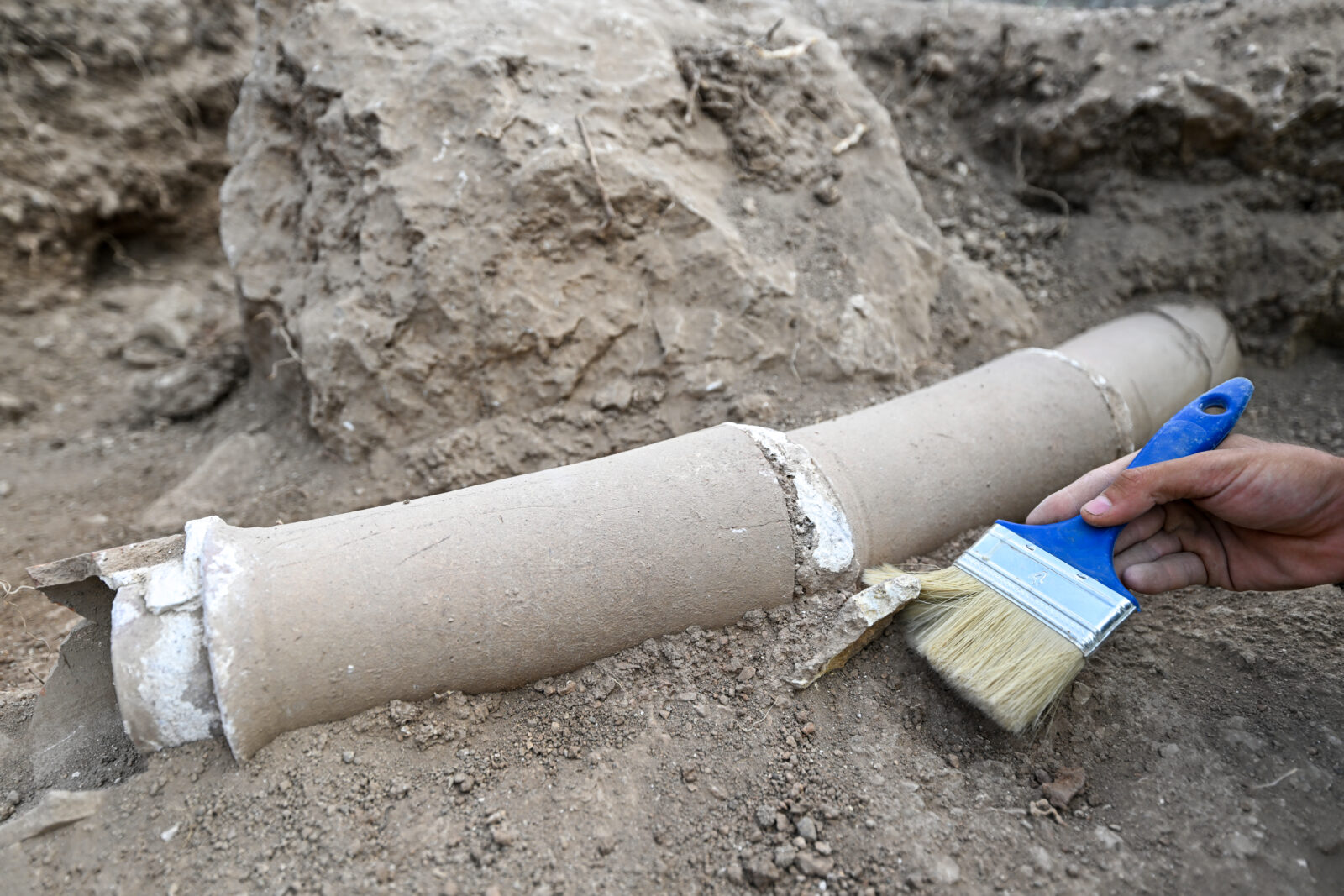
Ongoing restoration and conservation work is being conducted to preserve this unique structure. “The discovery is vital because, until now, we had limited information about the urbanization of the area after it came under Turkish-Islamic control in the 13th century. This bathhouse is a rare architectural example from this period,” added Taskiran.
The bathhouse was built without damaging the existing Roman structure, leaving its walls intact. During excavations, the original Roman floor was also discovered, featuring terracotta mosaics that remain perfectly preserved.
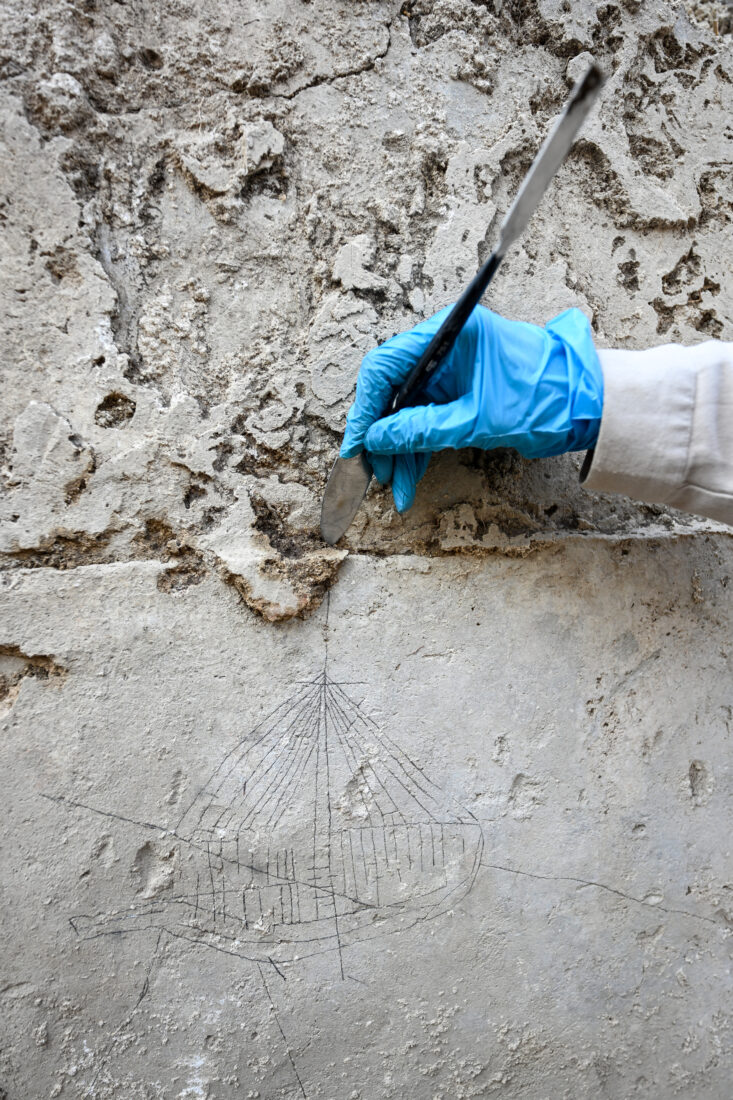
“This discovery beautifully illustrates the respect the Muslim Turks had for the existing structures and how they integrated their culture with the legacy of ancient civilizations,” Taskiran concluded.
This discovery of a Roman bathhouse repurposed during the Turkish Beyliks period provides valuable insights into the region’s historical continuity, cultural evolution, and architectural heritage.
